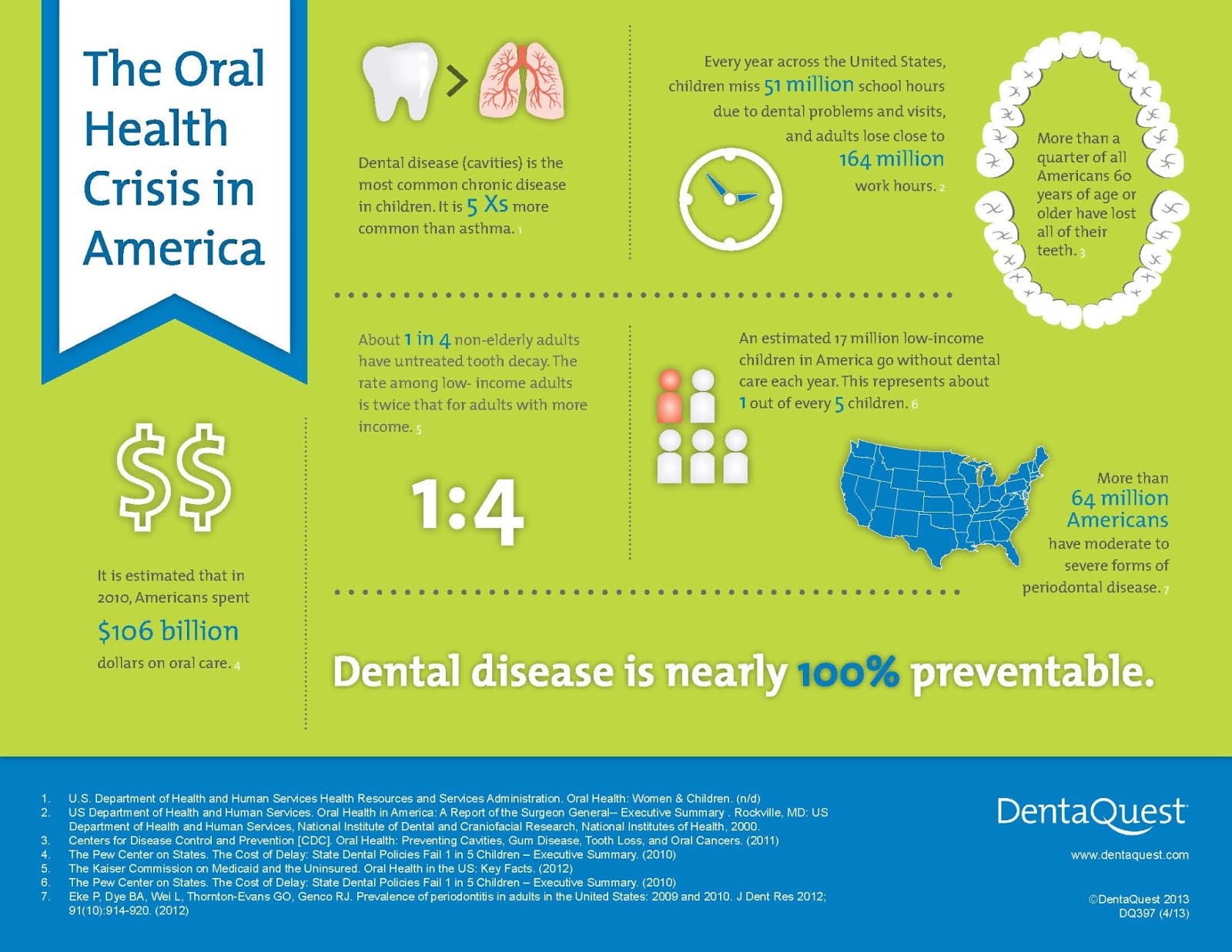The Innovation Of Oral Surgery: Pioneering Innovations And Progresses Defining The Field
The Innovation Of Oral Surgery: Pioneering Innovations And Progresses Defining The Field
Blog Article
Material Written By-Johannsen Hessellund
Welcome to the globe of oral surgery, where developments and advances are shaping the future of the area! In this exciting realm, you'll witness the transformative power of robotics, the sophisticated marvel of 3D printing, and the game-changing effect of minimally invasive strategies.
The future of dental surgery holds an assurance of precision, effectiveness, and enhanced client results. With the help of sophisticated robotics, specialists are able to perform complicated procedures with higher precision and control.
3D printing technology is reinventing the creation of oral implants and prosthetics, using personalized services that fit flawlessly into each individual's one-of-a-kind composition.
Furthermore, minimally intrusive techniques are minimizing post-operative pain and recovery time, enabling clients to go back to their lives earlier.
Get ready to explore the amazing technologies and advancements that are reshaping the landscape of dental surgery!
Innovations in Robotics
One major innovation in dental surgery is the use of robotic innovation, which permits accurate and effective surgical procedures. With the help of robotic systems, dental doctors have the ability to execute intricate surgical treatments with enhanced precision, lessening the danger of human mistake.
These robot systems are equipped with advanced imaging modern technology and exact instruments that make it possible for cosmetic surgeons to browse through elaborate physiological frameworks easily. By utilizing robotic innovation, surgeons can achieve greater surgical precision, resulting in boosted client end results and faster recovery times.
Furthermore, the use of robotics in oral surgery enables minimally invasive treatments, decreasing the injury to surrounding tissues and promoting faster healing.
3D Printing in Dental Surgery
To enhance the area of oral surgery, you can check out the subtopic of 3D printing in oral surgery. This ingenious innovation has the possible to revolutionize the way dental specialists run and treat people. Here are four vital methods which 3D printing is shaping the area:
- ** Personalized Surgical Guides **: 3D printing permits the production of highly accurate and patient-specific medical overviews, enhancing the accuracy and effectiveness of procedures.
- ** Implant Prosthetics **: With 3D printing, oral specialists can develop personalized dental implant prosthetics that perfectly fit a patient's one-of-a-kind composition, resulting in far better results and patient satisfaction.
- ** Bone Grafting **: 3D printing enables the manufacturing of patient-specific bone grafts, decreasing the requirement for standard grafting strategies and enhancing healing and recuperation time.
- ** Education and Educating **: 3D printing can be used to create sensible surgical versions for academic objectives, enabling oral cosmetic surgeons to practice complicated treatments before executing them on clients.
With simply click the up coming internet page to improve precision, personalization, and training, 3D printing is an exciting advancement in the field of oral surgery.
Minimally Invasive Methods
To better advance the field of oral surgery, accept the potential of minimally intrusive strategies that can considerably benefit both doctors and patients alike.
Minimally intrusive techniques are changing the area by decreasing medical trauma, decreasing post-operative discomfort, and speeding up the recovery process. These methods include utilizing smaller sized lacerations and specialized instruments to execute procedures with accuracy and efficiency.
By using advanced dhmo dental providers , such as cone beam of light calculated tomography (CBCT), surgeons can accurately prepare and execute surgical treatments with very little invasiveness.
Furthermore, the use of lasers in oral surgery enables accurate cells cutting and coagulation, leading to minimized bleeding and lowered healing time.
With minimally intrusive techniques, patients can experience faster recuperation, decreased scarring, and enhanced results, making it a crucial facet of the future of oral surgery.
Verdict
So, as you can see, the future of oral surgery is unbelievably encouraging, with interesting technologies and advancements forming the field.
From the advancements in robotics to using 3D printing and minimally invasive strategies, oral doctors are changing the method they give care.
While some might stress over the prospective expense associated with these developments, it is essential to bear in mind that these modern technologies ultimately boost person end results and reduce recuperation time, making them well worth the financial investment over time.
